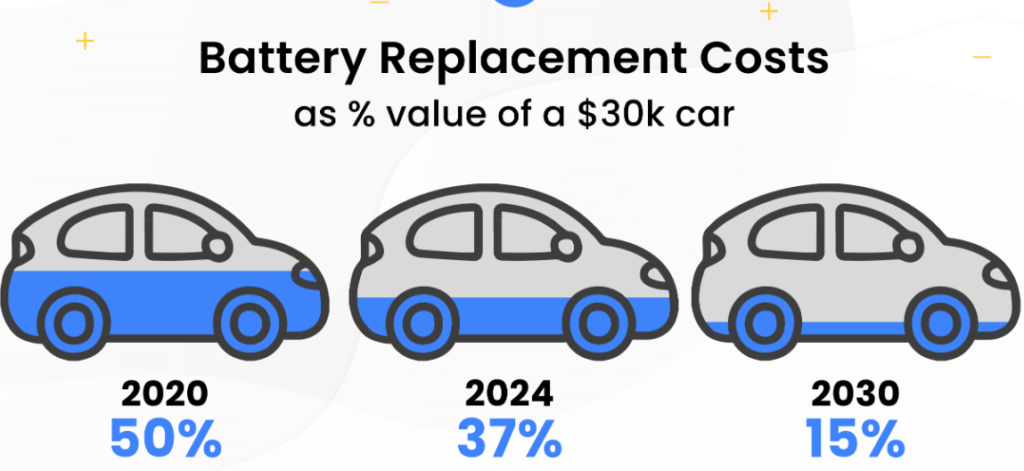The debate over whether owning an electric vehicle (EV) is cheaper than a gas car has evolved into a compelling story of technology, consumer habits, and hard numbers. Imagine stepping into the driver’s seat of your new EV—you’re not just embracing a futuristic ride; you’re making a savvy financial decision that could save you thousands over time.
Upfront Investment, Long-Term Savings
Recent studies suggest that, over a five-year period, EVs can be 20–30% cheaper to own than comparable gas-powered vehicles—even if their upfront prices are higher. For example, some analyses show that EV owners can save nearly $1,000 a year on fuel, maintenance, and repairs. This long-term perspective is crucial when evaluating overall vehicle value.
Fuel Costs: Charging vs. Refueling
Fuel costs are a major factor in the total cost equation. With over 143,500 charging ports available across the United States, charging an EV typically costs only 3–5 cents per mile in energy, compared to 11 cents per mile of ICE car (based gasoline prices of $3.3 per gallon and 29 MPG fuel economy). These savings add up quickly, making EVs a more attractive option for reducing daily expenses.
Maintenance: Fewer Parts, Fewer Expenses
EVs have significantly fewer moving parts than traditional gas cars, which translates into lower maintenance costs. Estimates indicate that routine service and repair expenses for EVs can be 30–50% lower than for gas-powered vehicles, with some figures suggesting over $350 saved annually on maintenance alone. Fewer repairs and lower maintenance needs contribute substantially to long-term savings.
Battery Replacement: Technological Advancements Lower Costs
Battery replacement has often been a concern with EVs, historically costing between $10,000 and $15,000. However, advancements in battery technology are steadily driving these costs down. Recent research shows a trend toward more affordable battery replacements, further tipping the scales in favor of EVs.
Regional Perspectives: Subsidies and Infrastructure
The economics of EV ownership vary by region. In China, aggressive subsidies and lower battery prices have given EVs a significant price advantage, while in the U.S., increasing investments in charging infrastructure are gradually closing the gap. These differences underscore that total ownership cost isn’t just about the vehicle itself—it’s also about the broader ecosystem, including government support and infrastructure quality.
Hidden Benefits: Convenience and Time Savings
Beyond the clear financial metrics, there are also hidden savings to consider. The convenience of home charging, for example, eliminates the time and hassle of frequent trips to the gas station. This added convenience not only reduces stress but also translates into lower indirect costs, allowing drivers to enjoy a more efficient daily routine. People with solar panels installed at home can charge their cars at a lower price compared to grid energy.
Looking Ahead: A Future Powered by Innovation
While an EV might come with a higher initial price tag, long-term savings—from lower fuel and maintenance costs to decreasing battery replacement expenses—make them a smarter financial choice. Continued investments in charging technology and smart grid management are expected to further reduce operating costs by an additional 10–15% over the next decade.
For those who want to crunch the numbers on their own, we recommend using AAA’s “Your Driving Cost Analysis” tool to compare costs tailored to your personal driving habits.
This narrative of innovation meeting fiscal pragmatism paves the way for a more sustainable and cost-effective future in transportation. The calculations presented above do not include lower road tax and parking tariffs which in Europe make EVs more financially attractive.


